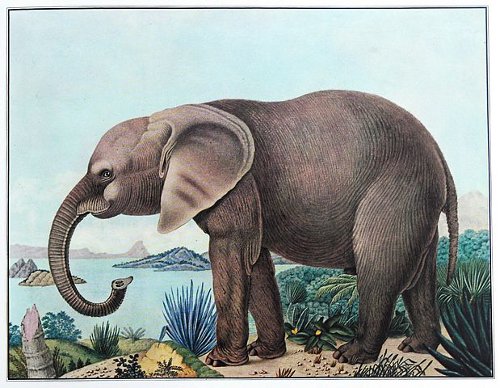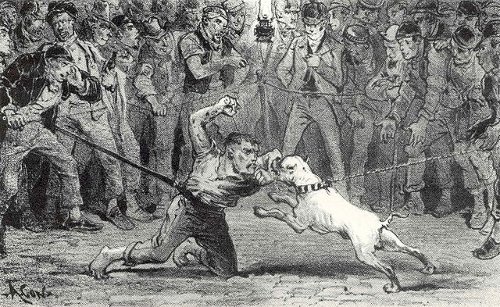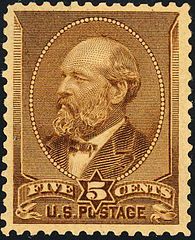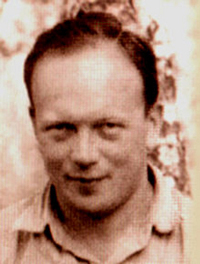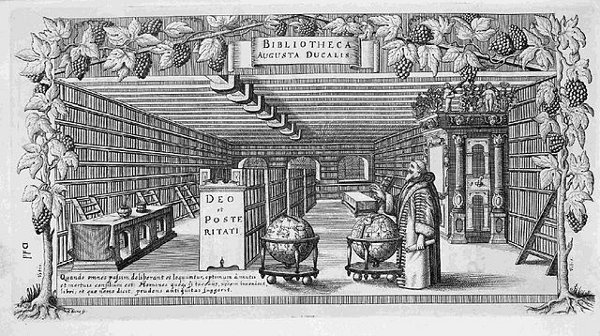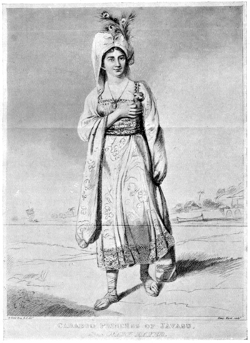
Max Beerbohm was regularly flummoxed by the crossword in the London Times. So in 1940, mad for vengeance, he devised a puzzle that was completely impossible and submitted it to the editors. “No doubt you, like most people, have sometimes thought of some utterly awful thing that you could do if you chose to, some disastrous and devastating thing the very thought of which has brought cold sweat to your brow?” he prompted. “And you may have at some time thought: ‘Suppose I released into the columns of The Times, one of these fine days, a Crossword Puzzle with clues signifying nothing — nothing whatsoever,’ and may have hideously pictured to yourself the effect on all the educated parts of Great Britain?”
They published it. A selection of clues:
ACROSS
9. An insect with a girl on each side (8).
12. The cockney’s goddess appears to have been a slimmer (6).
22. A nudist’s aunt? (6).
26. Not what the wicket-keeper tries for in Essex (6).
DOWN
6. Wordsworth’s fan mail? (8).
8. They are up and going, no doubt, in ‘the sweet o’ the year’ (8).
13. Little Tommy thought it meant a red-faced blacksmith (10).
19. Such buns are eaten on a good day (two words) (3, 5).
The newspaper published Beerbohm’s letter along with the puzzle, so solvers were forewarned. But he did have his revenge: He announced that six of the clues were actually solvable — but wouldn’t say which six.

